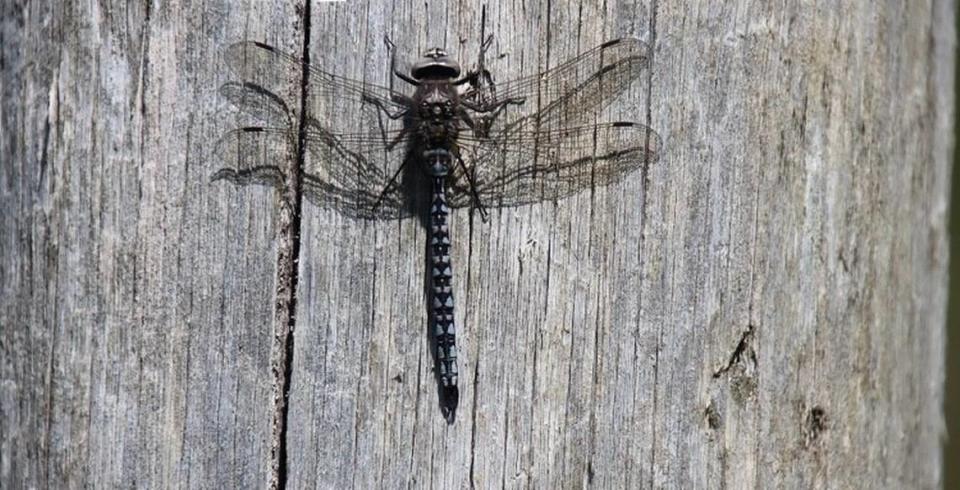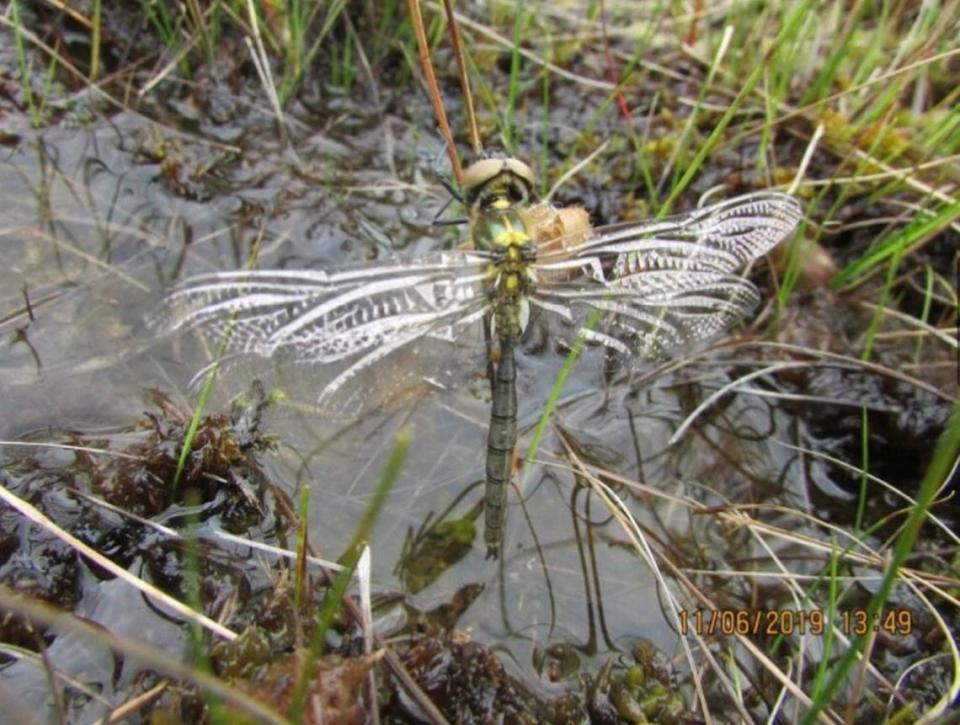‘Rare,’ ‘brightly colored’ creature seen for first time at UK nature reserve. See it
Conservationists are buzzing over the recent sighting of two “rare” dragonflies at a nature reserve in Scotland.
The winged insects were spotted at the Mar Lodge Estate — the U.K.’s biggest National Nature Reserve — marking only the first and second time they’ve been recorded in the area.
“It’s a really special moment for us,” Shaila Rao, the conservation manager at Mar Lodge Estate, said in a Dec. 21 news release from the National Trust for Scotland, which owns the reserve.
A Northern Emerald dragonfly, distinguished by a dark metallic appearance, was recently observed for the first time at the reserve.


Also spotted for the second time was an Azure Hawker, a “brightly colored” insect, identifiable by blue spots on its abdomen.
The species, which are considered “rare,” are listed as near threatened and vulnerable, officials said.
They were recorded at the reserve in advance of restoration work scheduled to begin at the site over the winter.
The reserve — which stretches across 72,000 acres of the Scottish highlands — has become a hive of activity for a variety of creatures in recent years, with 72 invertebrate species being registered there, according to officials.
The upsurge of fauna at the reserve has followed years of restoration work, including a revival of more than 600 acres of peatland, a wetland ecosystem that accumulates decaying organic matter.
“Many of these invertebrate species are threatened from drainage and erosion of the peatland, a habitat so important for biodiversity and carbon storage to help in our fight against climate change,” Rao said in the release.
“It’s a real boost,” Rao said, “to see so many different species during our monitoring work and is a good sign that our efforts are having a positive effect on the area.”
While diminutive in size, dragonflies are a vital part of the regional food chain, meaning their return should benefit other species in the area, including golden plover and dunlin — two types of birds.
The restoration work and the flourishing of native species is part of the National Trust of Scotland’s initiative to be carbon negative by the next decade, officials said.
The sighting of the two species also comes as non-native dragonfly species are cropping up in the U.K. “at a greater rate than ever before,” according to a 2021 report from the Natural History Museum.
“New species and range expansions sounds like good news for dragonflies,” Brian Walker, chairman of the British Dragonfly Society, said, according to the museum. “But the speed at which new species are arriving and colonizing should actually be taken as further warning about the danger of rapidly changing climate conditions.”
Secret underground passageways discovered in ruins of 4,300-year-old city in China
Metal detectorist discovers 600-year-old Christmas gift in England. ‘Unusual to find’
Pregnant mummy may have hid ‘negative’ secret from embalmers. Now, researchers spot it

